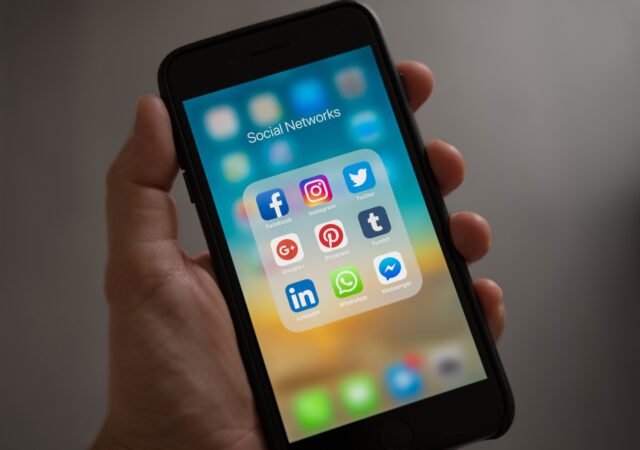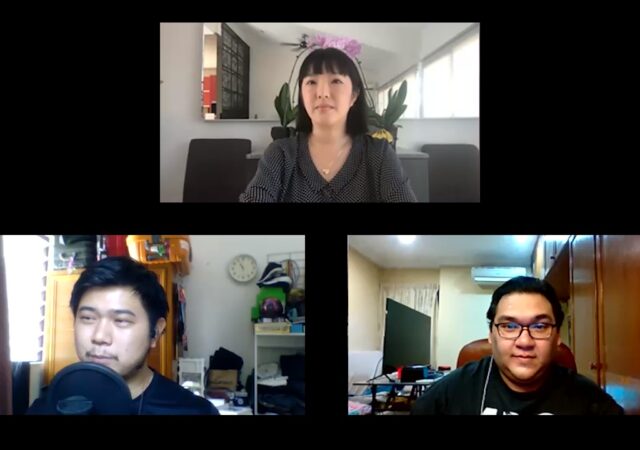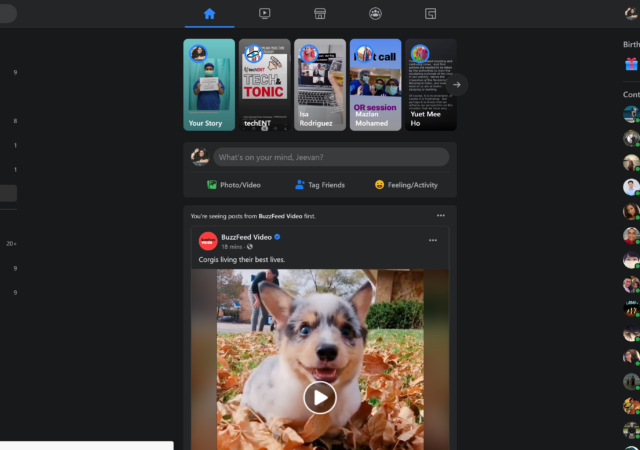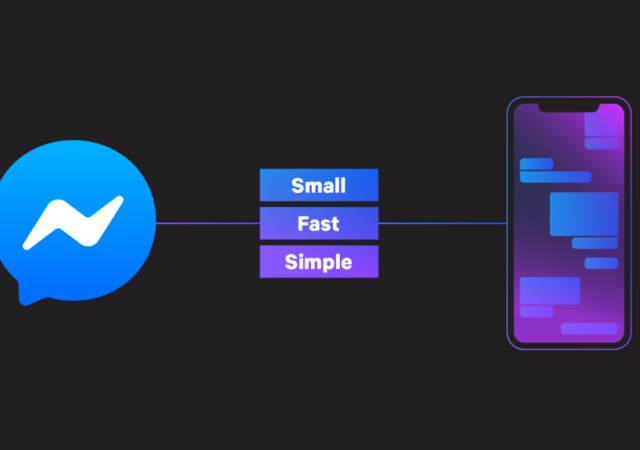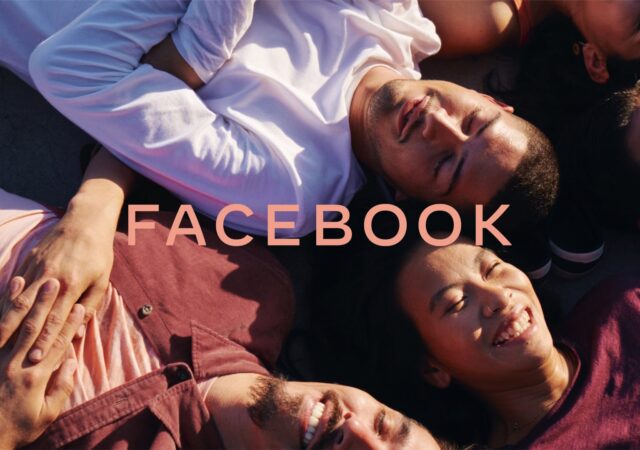Australia is the latest country to look into legislation that may force companies such as Facebook and Google to pay news and content outlet for their content.
techENT Interviews Nicole Tan of Facebook
We took up an opportunity to sit down with Nicole Tan of Facebook to find out how Facebook Malaysia has adapted and contributed toward the global pandemic that is the COVID-19.
Facebook is Getting a New Design and Dark Mode
Facebook is about to launch a redesigned version of their platform. techENT is breaking down the good, the bad and the ugly of the redesign.
New Facebook Messenger for iOS is LightSpeed
Facebook just launched their Facebook Messenger for iOS with LightSpeed. The new updated app is supposed to be faster, lighter, smaller, and simpler.
The Social Trends Shaping Business in 2020
*This article is contributed by Nicole Tan, Country Director of Facebook Malaysia* A fisherman who uses WhatsApp and Facebook to change his quality of life and keeps his community safe by alerting each other on weather and tide conditions, a…
Recent Posts
- JBL Junior Brings Cutting Edge Sound Tech to Parenting
- JBL Unleashes Next-Gen Flip 7 & Charge 6: Bigger Sound, Bolder Adventures
- JBL ONE Tour M3 Smart Tx is Available in Malaysia with Auracast in Tow
- TCL Unveils First Malaysian Brand Store at Sunway Pyramid
- EPSON EcoTank L5590 Multifunction Printer In-Depth Review: Packing Everything a Home Office and Small Business Needs in a Compact Package
Recent Comments
- user-465340 on Graphisoft is Designing the Future with Mindful Integration of Generative AI, Sustainability and Effiency
- Alan Shelby on Wondershare Repairit Online: A Free and Reliable Video Repair Platform
- Ally on Google Reveals the Pixel Fold, The Next Word in Foldables
- Carol science on HyperSense named in 2022 Gartner® Market Guide for Multipersona Data Science and Machine Learning Platforms
- Gina keveryn on YouTube Removes Public Dislike Count Visibility
Archives
- May 2025
- April 2025
- March 2025
- February 2025
- January 2025
- December 2024
- November 2024
- October 2024
- September 2024
- August 2024
- July 2024
- June 2024
- May 2024
- April 2024
- March 2024
- February 2024
- January 2024
- December 2023
- November 2023
- October 2023
- September 2023
- August 2023
- July 2023
- June 2023
- May 2023
- April 2023
- March 2023
- February 2023
- January 2023
- December 2022
- November 2022
- October 2022
- September 2022
- August 2022
- July 2022
- June 2022
- May 2022
- April 2022
- March 2022
- February 2022
- January 2022
- December 2021
- November 2021
- October 2021
- September 2021
- August 2021
- July 2021
- June 2021
- May 2021
- April 2021
- March 2021
- February 2021
- January 2021
- December 2020
- November 2020
- October 2020
- September 2020
- August 2020
- July 2020
- June 2020
- May 2020
- April 2020
- March 2020
- February 2020
- January 2020
- December 2019
- November 2019
- August 2019
Categories



